Currently browsing… Priority Waters
-
FERC plans sells Kennebec’s endangered Atlantic salmon short
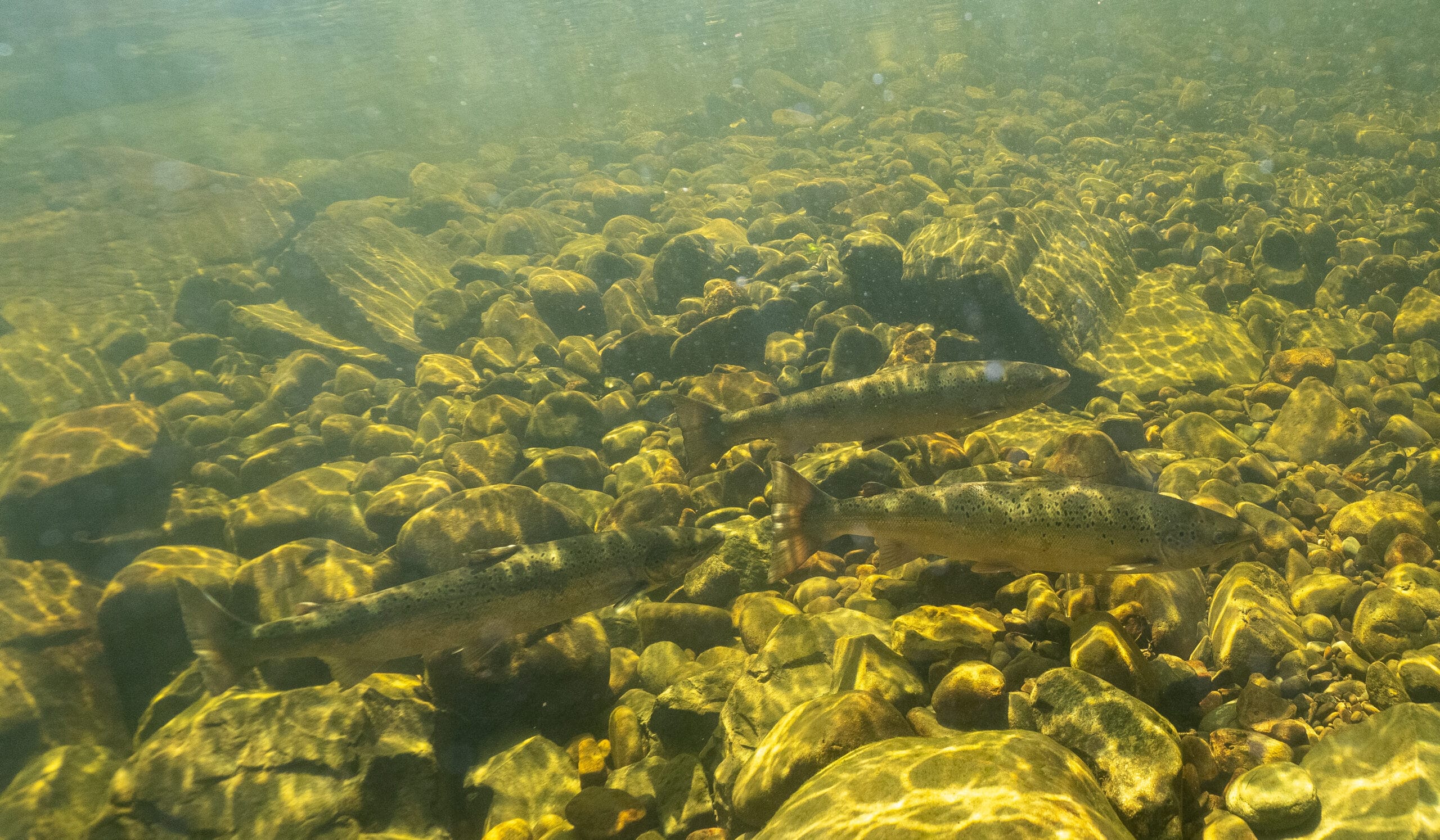
This week, the Federal Energy Regulatory Commission released a Draft EIS affecting four hydroelectric dams on Maine’s Kennebec River. The FERC recommendations amount to incremental improvements over what is now a dire situation for Atlantic salmon in the Kennebec. We have tried the incremental approach before on rivers like the Connecticut, Merrimack, Saco, and Androscoggin.…
-
Reconnecting the Mettawee: Six dams down
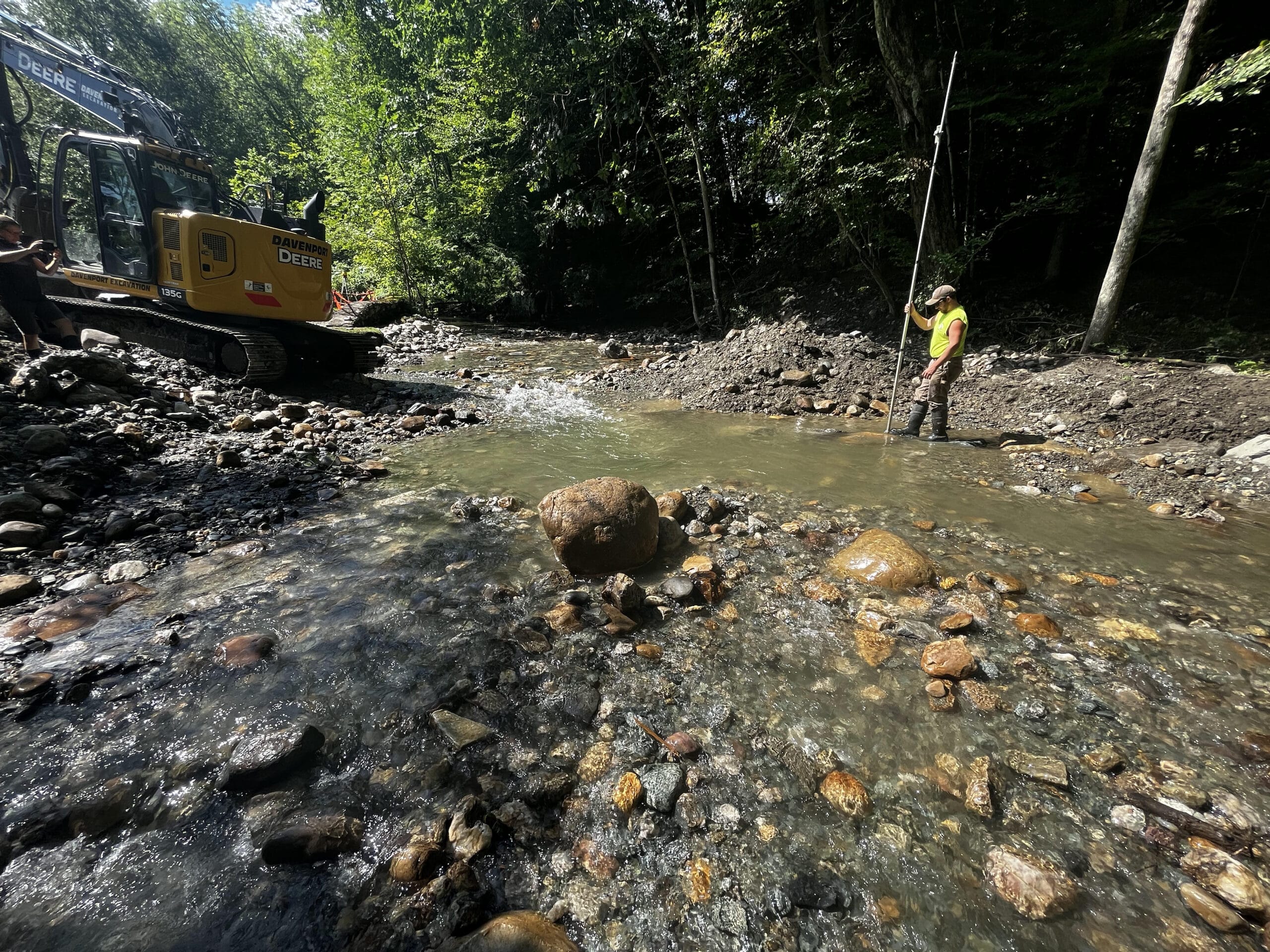
When it comes to long-term restoration projects, Erin Rodgers measures the passage of time not so much by clocks and calendars, but by kids. So it was when recently recounting a multi-year project on Vermont’s Mettawee River; Rodgers thought back to two big life moments to help her remember the project’s pace. “The Mettawee is…
-
Fishing the Olympic Peninsula
Angling on the peninsula can be had year-round and is especially unique because of how dynamic the rivers are and how much they change from one season to the next.
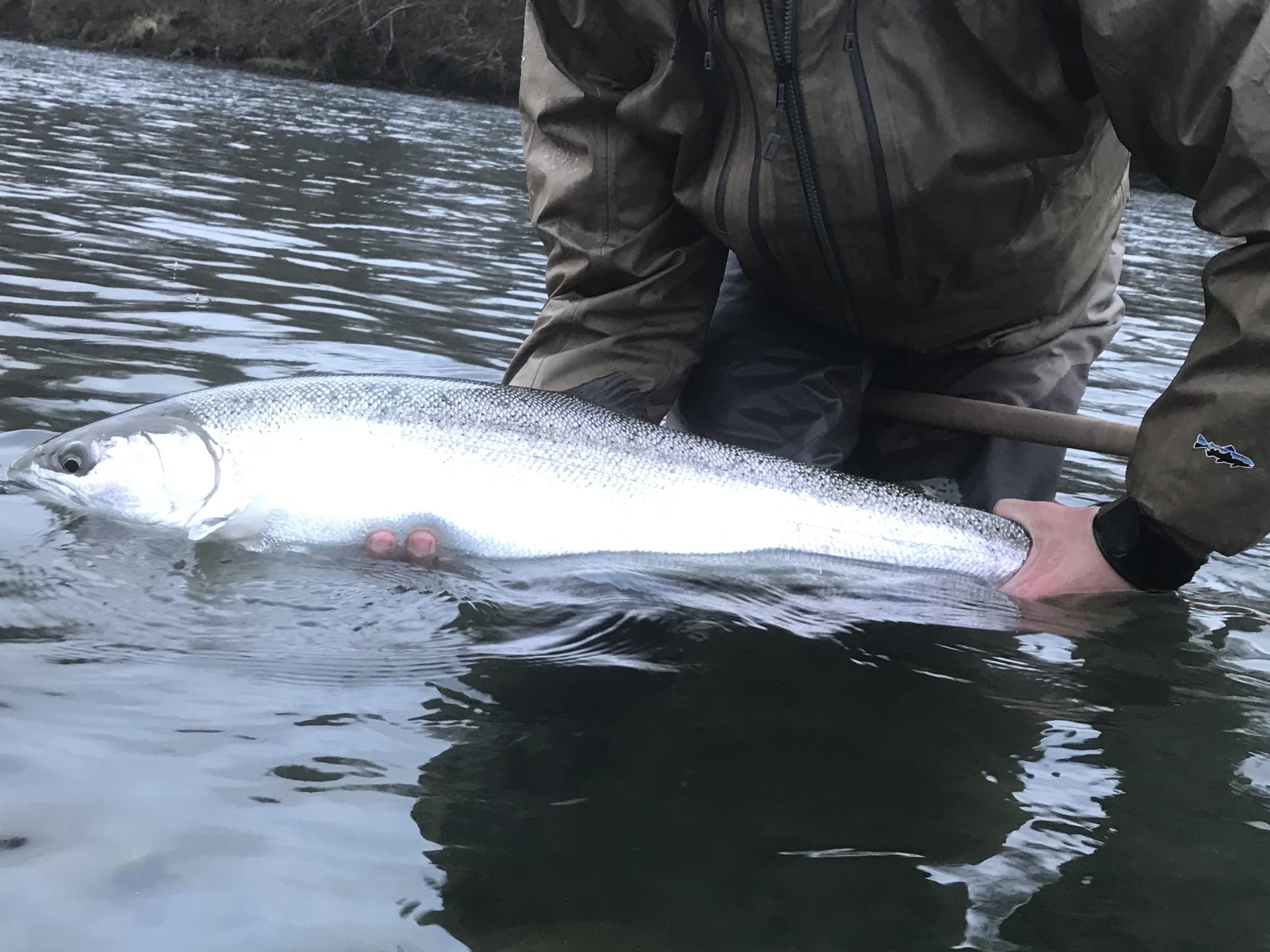
“So, where are you guys gonna fish tomorrow?” Everyone at the high top table went silent and stared at us. Mike and I exchanged glances and shifted in our bar stools. For the last twenty minutes or so, we’d tactfully avoided the question - and therefore having to answer it - while our friends went…
-
Klamath fish reintroduction effort receives additional capacity
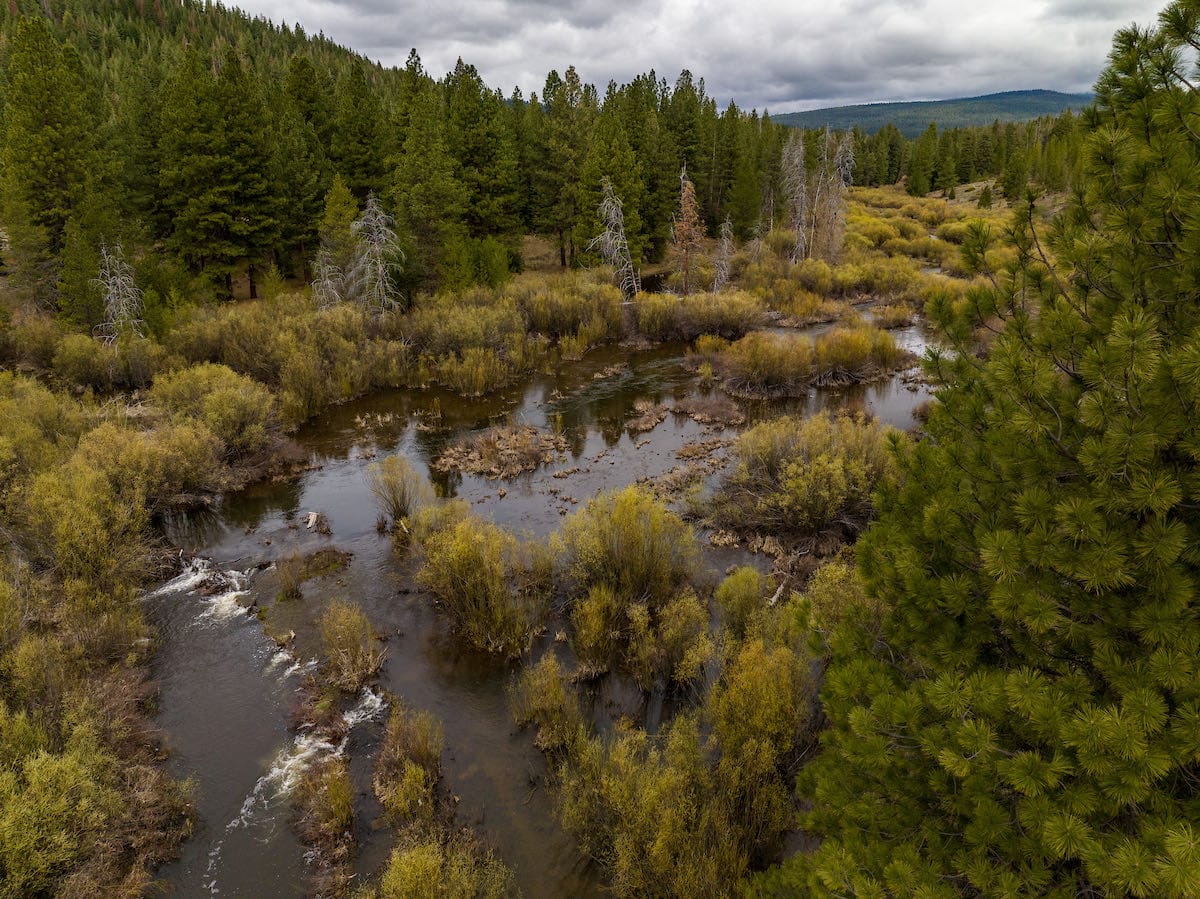
The 2024 Oregon legislative session ended last week, and Trout Unlimited is pleased to share that the Oregon Department of Fish & Wildlife (ODFW) Klamath Fish Reintroduction effort received important funding to fully monitor the first returns of anadromous fish to the Upper Basin this fall. The largest dam removal project in history is underway…
-
Caring for the Kenai
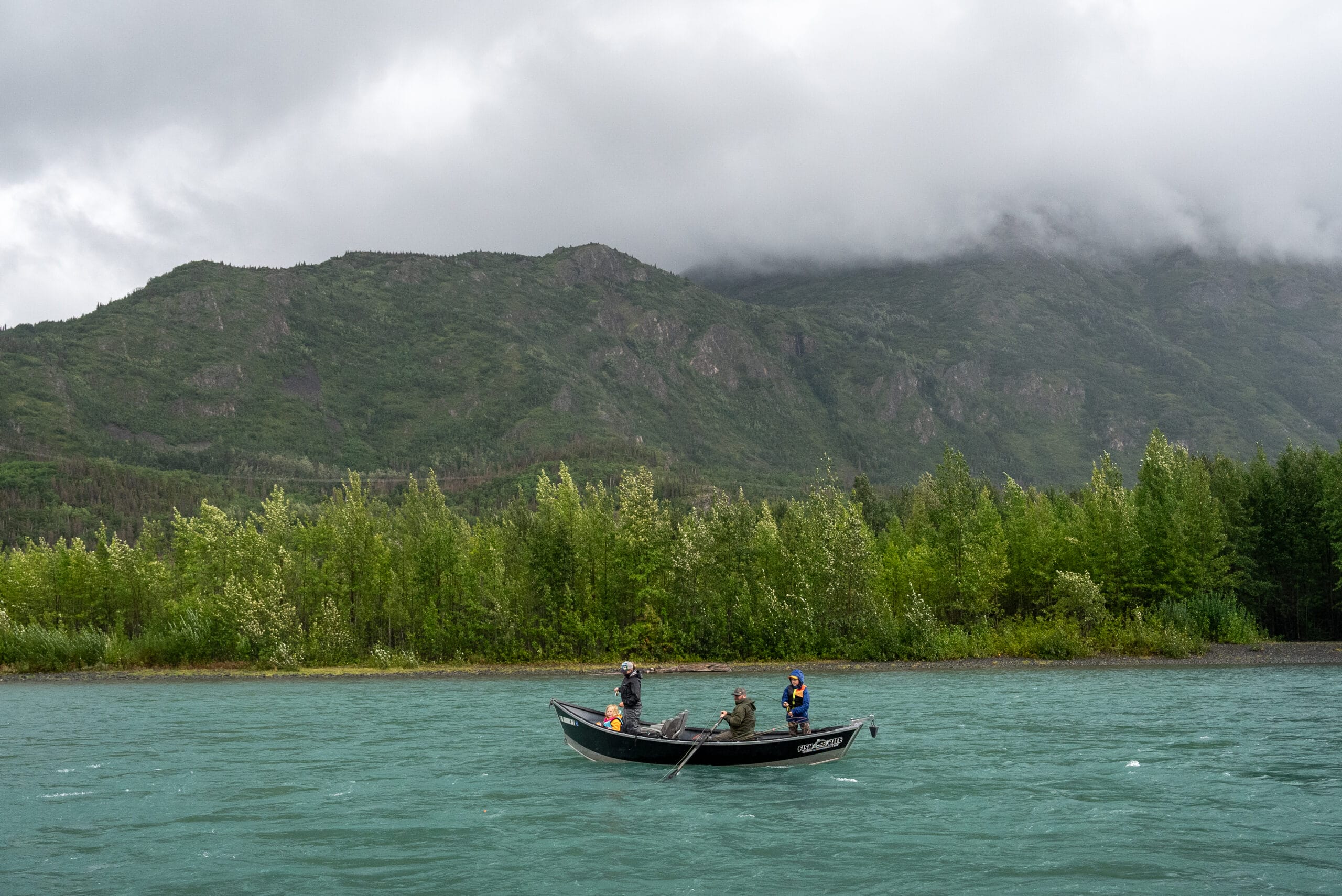
Renowned Alaskan river is part of TU’s Priority Waters Alaska’s famed Kenai River is beloved by many. Its frigid, glacial-blue waters run 82 miles and offers great fishing throughout. The abundance of easily accessible fishing opportunities attracts visitors and residents alike. This cherished river is one of Trout Unlimited’s Priority Waters, and I’m here to…
-
Watch Now: Resilience
The Rise of Apache Trout | A film by Trout Unlimited
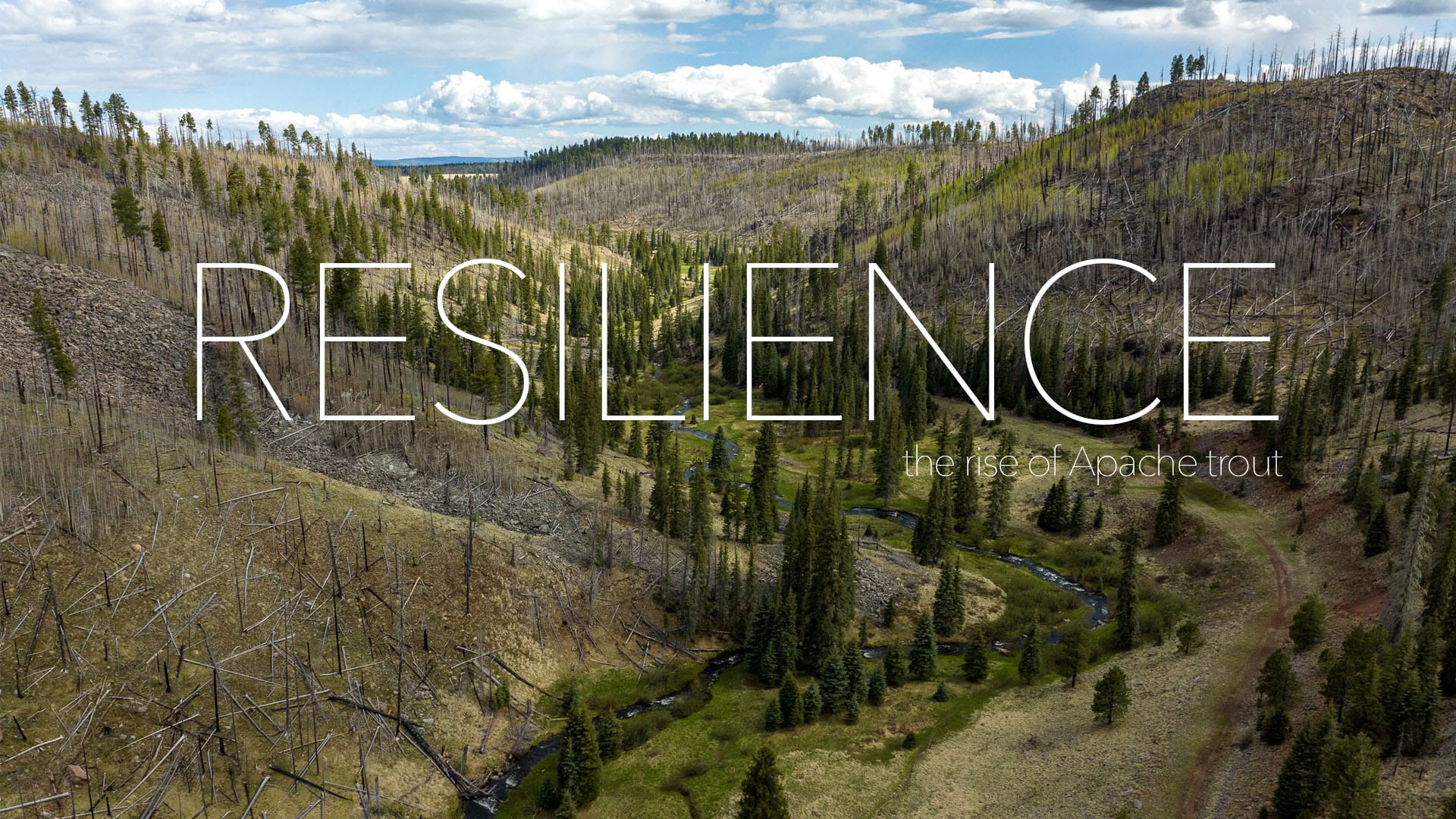
The Rise of Apache Trout A film by Trout Unlimited We are here to understand how this gold-splashed trout has bounced from nearly disappearing entirely to being a candidate to be removed from the Endangered Species list, the first-ever sport fish taken off the fabled (or infamous, depending upon one’s viewpoint) list. This week, as…
-
New map highlights 2023 infrastructure upgrades in Great Lakes priority waters
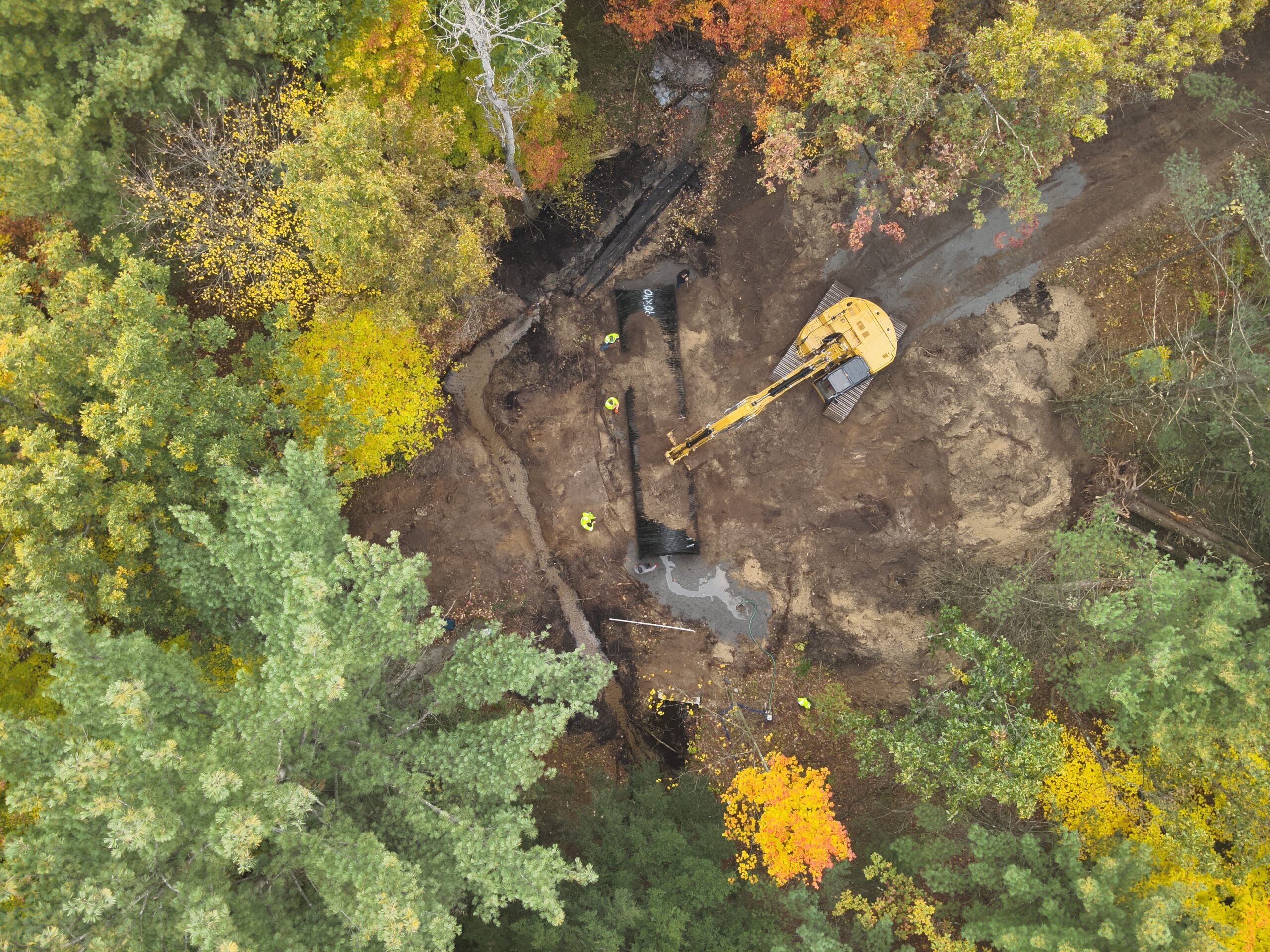
2023 was a good year for Great Lakes coldwater conservation, marked by an influx of federal funding for necessary infrastructure upgrades. It's hard to believe that 2024 is here and I’m kicking off my 14th year at Trout Unlimited. When I was hired to manage the Rogue River Home Rivers Initiative in 2010, I was…

